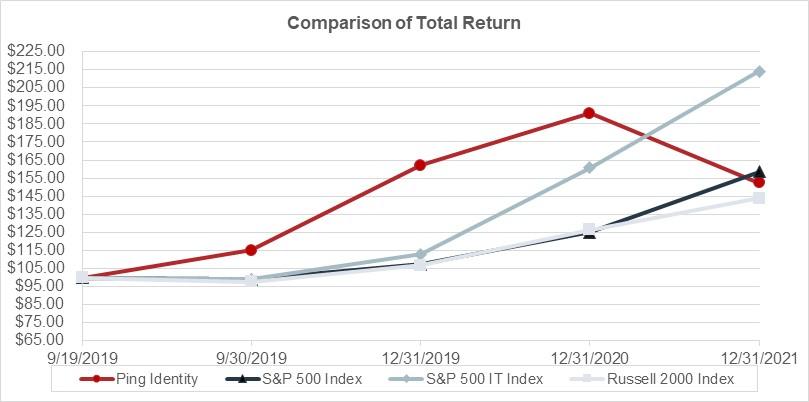tornadoes, earthquakes, other natural disasters, acts of war or terrorism and similar events or disruptions may damage or interrupt computer, broadband or other communications systems and infrastructure at any time. Any of these events could cause system interruption, delays and loss of critical data, and could prevent us from providing access to our platform.
While we have backup systems for certain aspects of our operations, disaster recovery planning by its nature cannot be sufficient for all eventualities. In addition, we may not have adequate insurance coverage to compensate for losses from a major interruption. If any of these events were to occur, our business, results of operations and financial condition could be adversely affected.
We rely on software and services from other parties. Defects in or the loss of access to software or services from third parties could increase our costs and adversely affect the quality of our solutions.
We rely on third-party computer systems, broadband and other communications systems and service providers in providing access to our platform. Any interruptions, outages or delays in our systems and infrastructure, our business and/or third parties, or deterioration in the performance of these systems and infrastructure, could impair our ability to provide access to our platform. Our business would be disrupted if any of the third-party software or services we utilize, particularly with respect to third-party software or services embedded in our solutions, or functional equivalents thereof, were unavailable due to extended outages or interruptions or because they are no longer available on commercially reasonable terms or prices or at all.
In each case, we would be required to either seek licenses to software or services from other parties and redesign our solutions to function with such software or services or develop these components ourselves, which would result in increased costs and could result in delays in our solution and solution package launches and the release of new solution and solution package offerings until equivalent technology can be identified, licensed or developed, and integrated into our solutions. Furthermore, we might be forced to limit the features available in our current or future solutions. If these delays and feature limitations occur, our business, results of operations and financial condition could be adversely affected.
Real or perceived errors, failures, vulnerabilities or bugs in our solutions, including deployment complexity, could harm our business and results of operations.
Errors, failures, vulnerabilities or bugs may occur in our solutions, especially when updates are deployed or new solutions are rolled out. Our platform is often used in connection with large-scale computing environments with different operating systems, system management software, equipment and networking configurations, which may cause errors or failures of solutions. In addition, deployment of our solutions into complicated, large-scale computing environments may expose errors, failures, vulnerabilities or bugs in our solutions. Any such errors, failures, vulnerabilities or bugs may not be found until after they are deployed to our customers. Real or perceived errors, failures, vulnerabilities or bugs in our solutions could result in negative publicity, loss of customer data, loss of or delay in market acceptance of our solutions, loss of competitive position, or claims by customers for losses sustained by them, all of which could adversely affect our business, results of operations and financial condition.
If we fail to adequately protect our proprietary rights, our competitive position could be impaired and we may lose valuable assets, generate less revenue and incur costly litigation to protect our rights.
Our success is dependent, in part, upon protecting our proprietary information and technology. We rely on a combination of patents, copyrights, trademarks, service marks, trade secret laws and contractual restrictions to establish and protect our proprietary rights. However, the steps we take to protect our intellectual property may be inadequate. We will not be able to protect our intellectual property if we are unable to enforce our rights or if we do not detect unauthorized use of our intellectual property. Despite our precautions, it may be possible for unauthorized third parties to copy our solutions and use information that we regard as proprietary to create solutions that compete with ours. Some license provisions protecting against unauthorized use, copying, transfer and disclosure of our solutions may be unenforceable under the laws of certain jurisdictions and foreign

